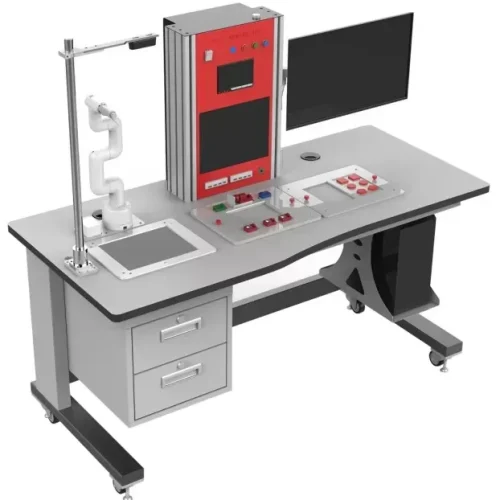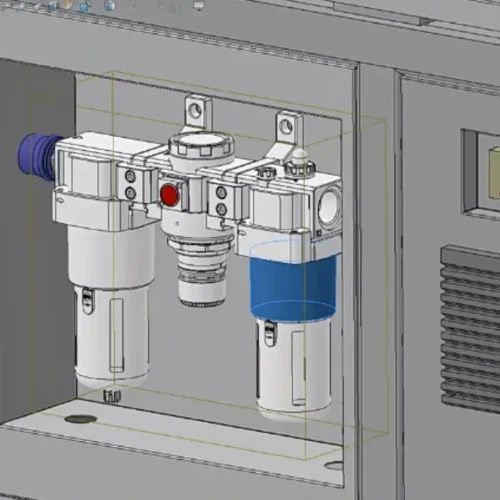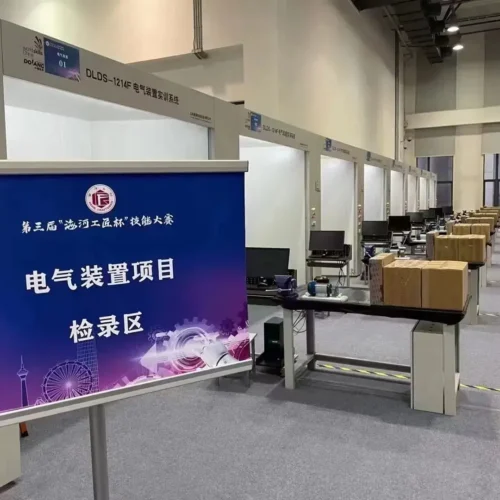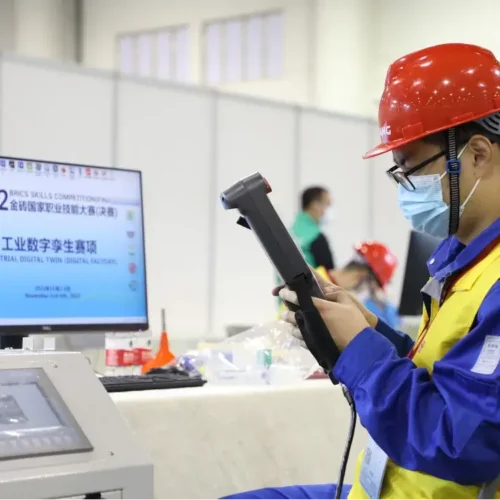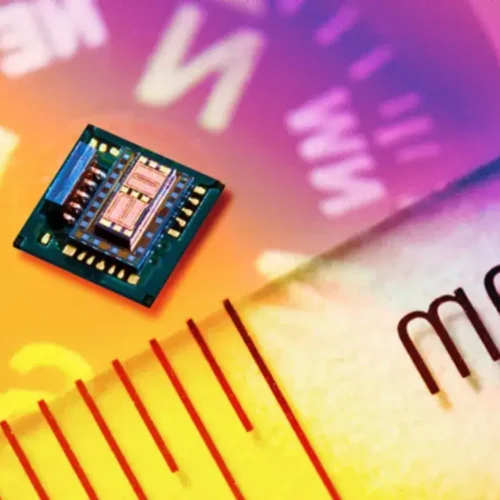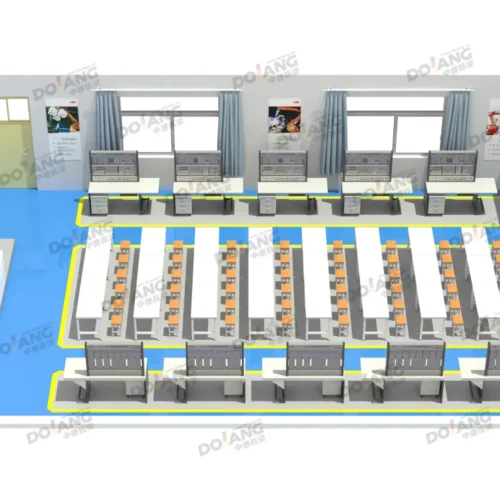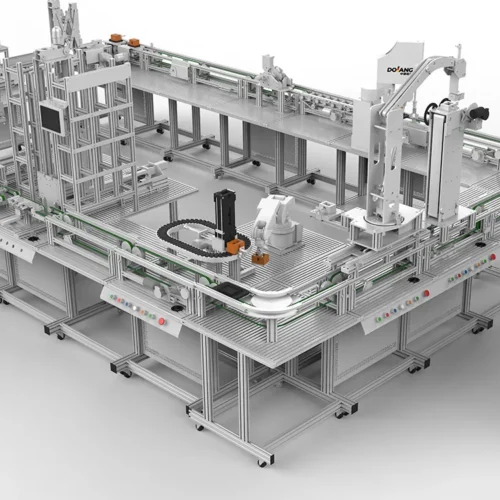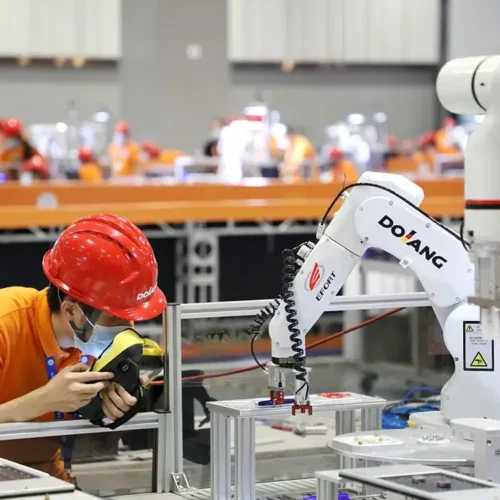Introduction:
If you’re involved in technology, then you’ll know that sensor technology is one of the fastest-growing areas of the sector. However, what exactly is sensor technology and why is it so crucial?
We all know that temperature, sound, movement, and light are key to a successful connected device in the IoT era. But with sensor technology becoming increasingly complex, it’s difficult to find out which are best suited for your needs. Is it an accelerometer or a gyroscope? And how do they work?
This guide was developed so you won’t need to worry about anything. It’s everything you need to know about sensors and how they can be used in practice.
Sensor technology is a technology that produces a signal when a physical phenomenon occurs. Various applications, such as medical equipment and security systems, use this technology. Here, we’ll talk about what sensor technology is, how it works, and the various kinds of sensors.
Definition of sensor technology
A sensor produces an output signal in response to a physical phenomenon. This kind of gadget keeps an eye on the real world and looks for irregularities.
Sensor technology is an essential tool in the field of electronics and can help you determine the cause of any physical phenomenon. In addition, sensors can detect and measure the movement of objects.
There are many different types of sensors. Some are purely physical, while others are digital. Different types of sensors have different applications.
A sensor can be a physical or electronic device that measures an electrical or magnetic field. It can also be a wireless device. In this way, it can be connected to a system and act as a control device.
A sensor’s sensitivity is the difference between the output signal and the property being measured. This difference is called the sensitivity error. Typically, the sensitivity error is a percentage of the full range.
Another type of error is called a dynamic error. This error is caused by rapid changes in the property being measured. These errors are often displayed in a bode plot, which shows the sensitivity error and phase shift vs. input frequency.
Development History of sensor technology
Sensors are a vital part of industrial production, and the history of sensor technology can help you understand how they have evolved.
Currently, the sensor industry is relatively small, lacking a global brand and a large scale. It relies heavily on imports and exports, and the development cycle is long. As a result, the sensor industry is often considered a high-risk industry. However, it is an industry with great growth potential.
In the 1970s, several Italian groups began investigating sensors and microsystems. By the late 1970s, sensors were being used in military and commercial applications.
Several national measures accelerated the development of this technology. The Department of Defense in the United States views sensor technology as a crucial national technology.
But, despite this, there have been few international standards in sensor development. In Europe, sensor development has been subject to rigorous confidentiality rules and strict export restrictions.
The sensor technology itself has evolved from simple analog sensors to sophisticated microelectronics. The first MEMS sensor was released in 1991. In the following decade, MEMS sensors became widely used in precision instruments, electric lamps, and other applications.
How many types of sensor technologies are there?
Two categories of sensors exist:
1) Direct Sensor: A sensor that has intermediary stages for converting a non-electrical stimulus into an electrical signal. as in a thermocouple (temperature to voltage).
2) Indirect sensor: An indirect sensor converts the measured signal through several steps into an electrical signal. A fiber-optic displacement sensor can be used as an illustration.
Now keep in mind that these two categories can be used to classify all sensors. However, there are various classification schemes.
- Active and passive
- Sensors with and without contact
- Relative and absolute sensors
Let’s learn more about these categories and the sensors that fit within them.
An active sensor needs external power to function. Because the output is dependent on the parameter, it is frequently referred to as a parametric sensor.
Unreliant on an external power source, a passive sensor generates its own electric signal. Another name for it is a self-generating sensor.
A sensor known as a contact sensor requires direct physical touch with the stimulus.
The stimulus does not have to be touched for a non-contact sensor to function.
A sensor that responds to a stimulus on an absolute scale is called an absolute sensor.
The sensor, known as a relative sensor, detects stimuli in relation to a fixed or changing reference.
How does sensor technology work?
Sensor technologies detect changes in the environment and relay the information to other electronic devices. The physical phenomenon is transformed by a sensor into a quantifiable digital signal that can be shown, interpreted, or processed.
There are many different types of sensors. Some are passive, while others are active, requiring an external power or excitation signal to operate.
Sensors are employed in a variety of applications nowadays. For example, elevator buttons use a tactile sensor. Light bulbs dim when you touch the base of the lamp.
The range of applications for sensor technology is vast, from healthcare to automotive. As micromachinery has progressed to the microcontroller platform, the capabilities of sensors have increased. They can measure temperature, mass, pressure, and even heat.
The use of sensors has transformed how people live. It provides reliable and accurate information about various variables. We use sensors every day. They have improved our quality of life.
Sensor technology is also important in the industrial sector and in many aspects of daily life. So that people don’t forget to take their medication, they might be utilized to remind them to do so.
Sensor technology is critical to our health. They can help detect diseases or monitor blood flow in patients. They can also help in environmental monitoring. For instance, they can monitor the heat loss of buildings and structures.
Applications of sensor technology in the industry
Sensor technology is used in many different industries, including automotive, healthcare, and aerospace. Its applications range from sensors that detect motion in the automotive industry to health and security sensors for people.
As sensor technology advances, more applications are coming online. Some of the latest sensors can detect impending crashes and determine which airbags should be deployed in an accident. MEMS sensors are also gaining popularity for medical applications.
Sensor technology can be used to measure various gases.
These sensors are highly sensitive, cost-efficient, and often operate on a single battery. They can be used to find hazardous fuel leaks as well. One example is the “Lick and Stick” leak sensor system, which uses MEMS technology.
Sensor technology is also used in homes.
Such as in smoke detectors and alarm systems. These technologies can help homeowners make informed decisions based on the requirements of their homes.
Some sensors can even monitor hand hygiene in hospitals. These technologies are currently being used by this sector of the economy to enhance people’s lives.
Sensor technology is widely used in our lives.
In many industries, the technology can improve safety, energy efficiency, and responsiveness. The usage of sensors is advantageous in many industries, including the automotive, aerospace, and medical sectors.
Acoustic sensor technology
Acoustic sensor technology is a new way of sensing. This type of sensing uses sound waves to detect an object’s position and movement in the air.
This technology can be used in various fields, but it is mostly used in the entertainment industry as a part of virtual reality systems. It is also used as a part of acoustic guitars and other musical instruments to produce different sounds.
Motion sensor technology
Motion sensor technology can be used to sense a person’s movement by using infrared light or microwave radiation. This type of sensor is most often used for security purposes but also has other applications, such as industrial process control and robotics.
Dual technology occupancy sensor
The dual technology occupancy sensor is designed for detecting and tracking the presence of people in a room. These sensors can be used for different purposes, such as security, safety, or energy efficiency.
The sensors are designed to detect both infrared and microwave radiation. They emit microwaves when they sense motion and infrared signals when there is no movement. This makes them more effective in detecting motion from a distance.
More use of sensor technology
In personal electronics, accurate sensor technologies help in improving the accuracy of imaging systems and touch screens. In medical devices, advanced sensor technology helps in providing better healthcare by monitoring vital signs. And in the automotive industry, accurate sensor technologies help in improving the safety of vehicles by improving driver assistance systems.
In the agriculture industry, agriculture sensor technology helps farmers to know about the condition of their crops and make informed decisions about farming practices.
Sensor technology training in vocational education
Training in sensor technology is a crucial component of vocational education. It belongs to the field of electronic engineering and information technology.
It uses the latest sensor electronic technology to solve a variety of tasks in industries. The training involves the use of sensors in a wide variety of applications by encouraging students to access sensor technologies prevalent today.
Applied sensor technologies training projects include photoelectric sensor experiments, displacement measurement experiments, and control experiments.
Students should be knowledgeable about the fundamentals of sensors. They should be able to explain the fundamental concepts of sensors and use them in real-world applications.
Additionally, they must to be able to evaluate and forecast how various sensors will function. They should also understand the physics behind the transduction mechanisms. This knowledge can help them understand sensor-based applications and understand the underlying issues.
Students will learn the latest international sensor technology and methods of sensor research. They will also gain hands-on experience. Sensor training in vocational education will prepare students to work as sensor researchers and use their research skills in the industry.
Conclusion
The study of numerous sensors and their use in a variety of sectors is known as sensor technology. Sensor technology enables improved quality of life, energy sources’ performance, and safety and security.
Furthermore, sensors can be used in space exploration and medical diagnosis. The monitoring of the environment benefits greatly from these technologies.
The current trend in sensor development is toward increased complexity. A smart sensor will combine signal amplification and signal filtering into one microelectronic chip.
This will make the system appear simpler to the end user. It will also reduce overall costs. However, it will be important to maintain a broad research base and critical core competencies.
The use of sensors in automation will continue to increase in the future. The majority of automation industries cannot operate their businesses properly without high-quality sensors.
Fortunately, with increasing competition among manufacturers, cheap sensors are now available. The gathering of physical parameter data is the major determinant of the success of sensors. This will eventually be more significant than the price.


